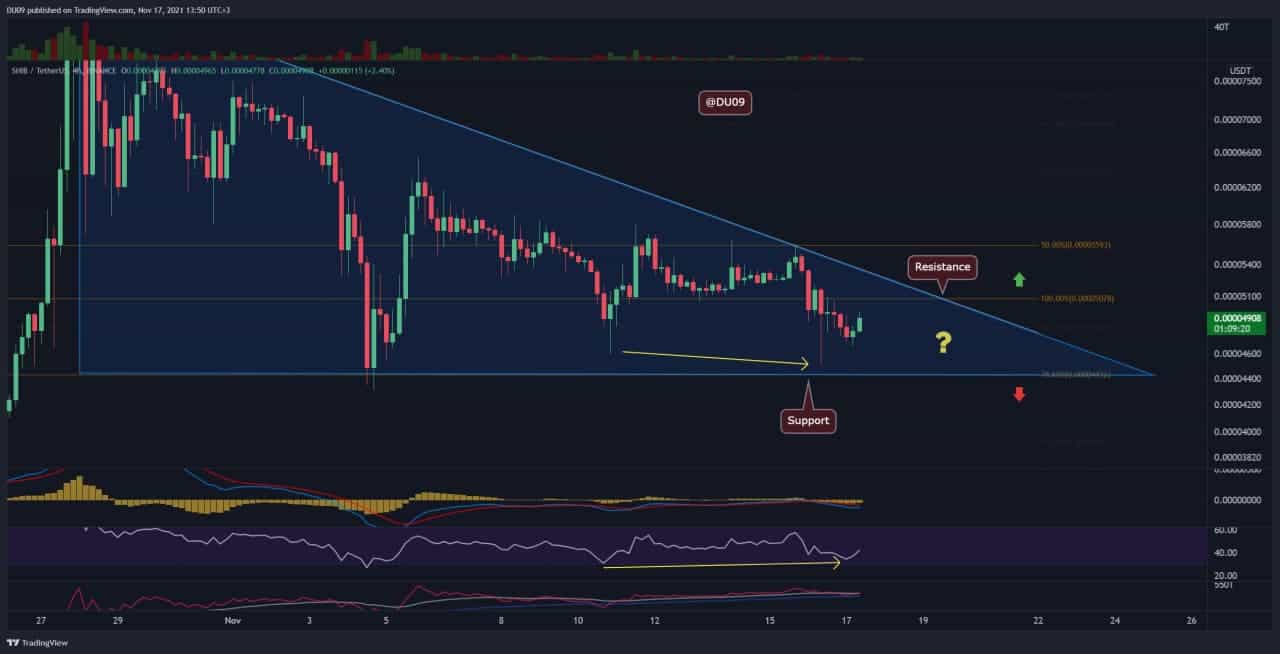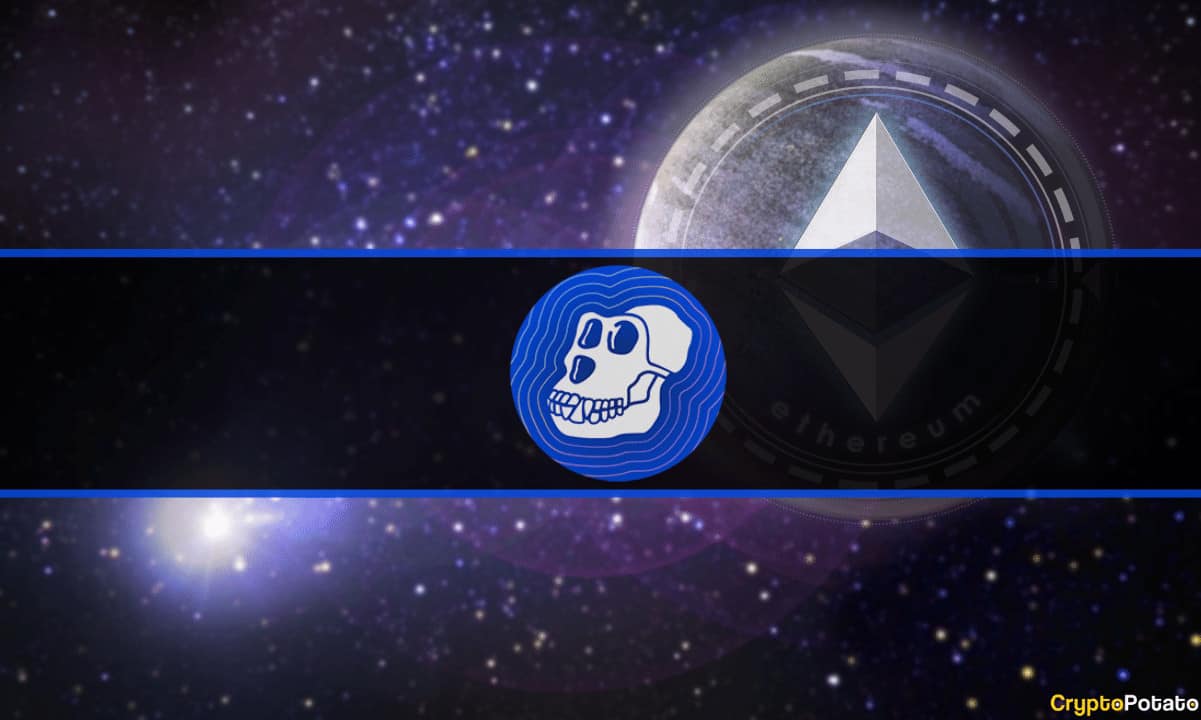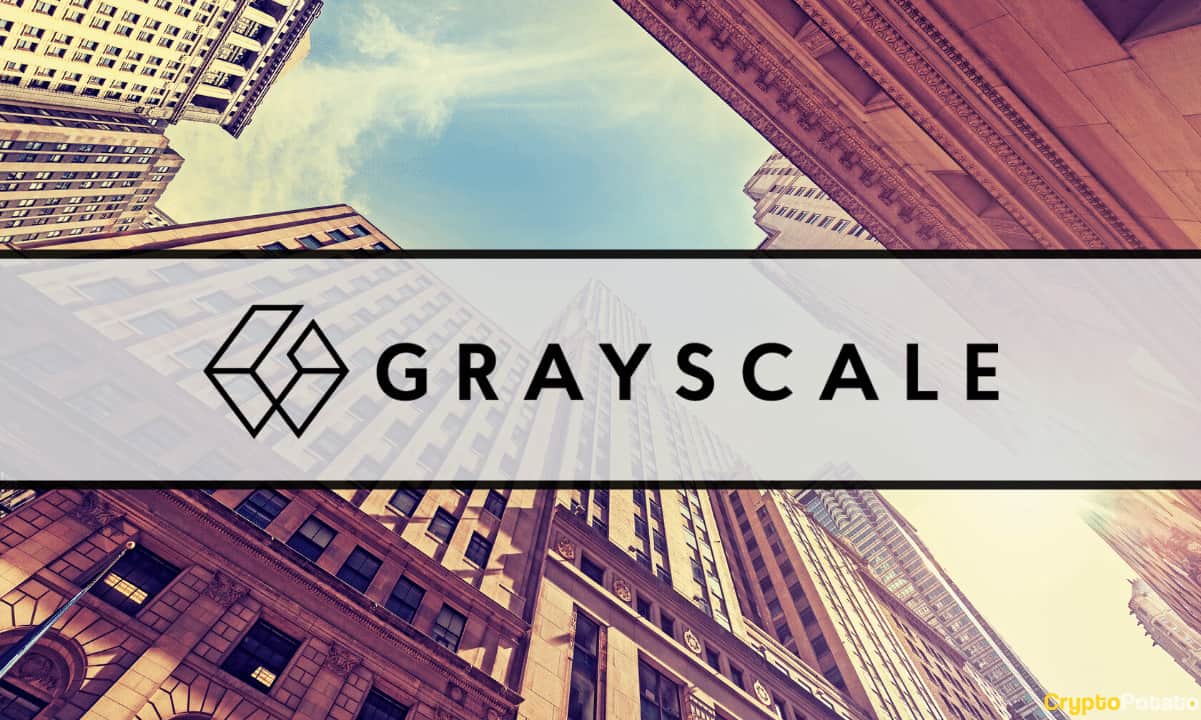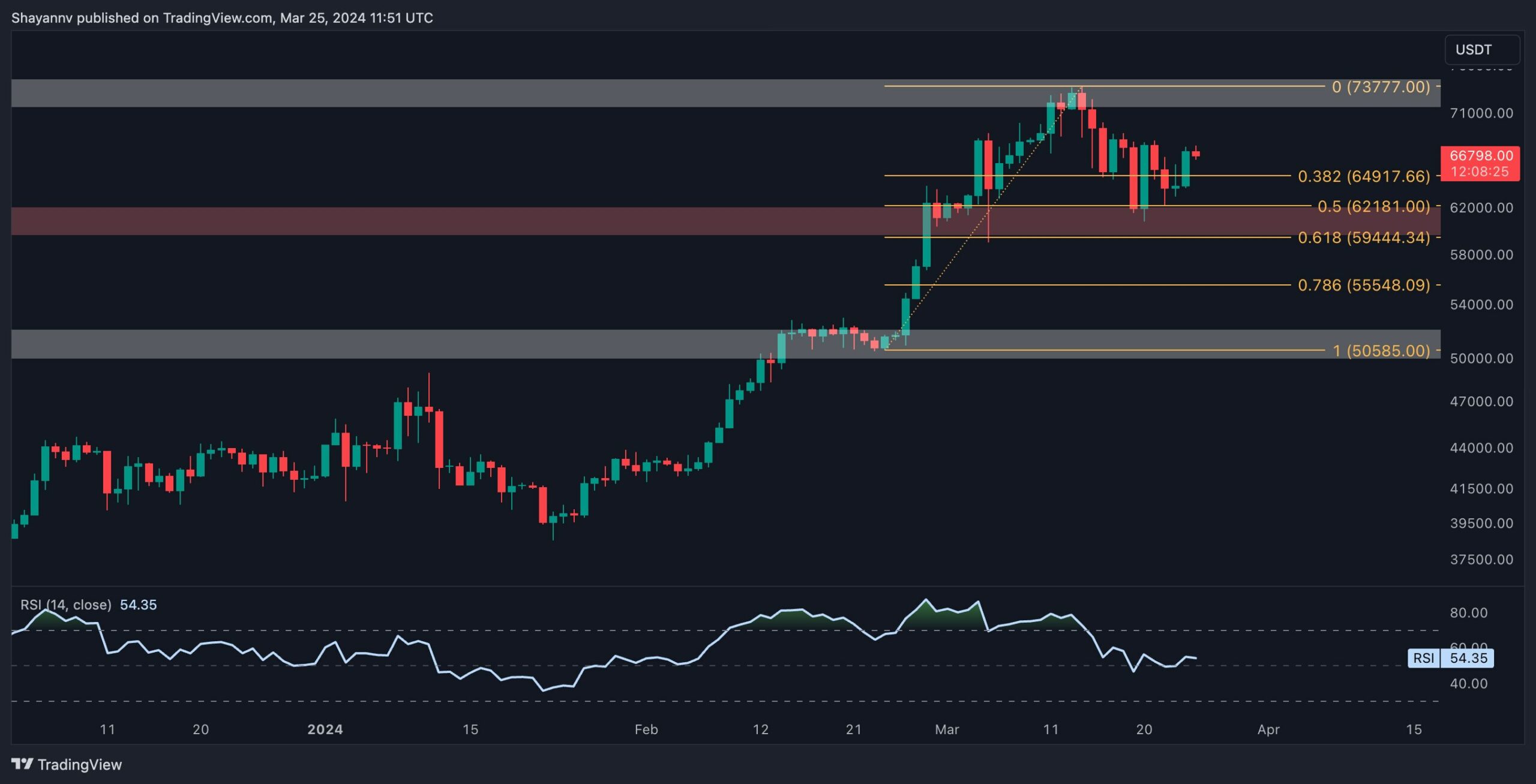Ethereum 2.0 Testnet Went Live: ETH Price Completes 50% Increase Since Then
The crypto space has been buzzing lately with talk of an “Ethereum 2.0.” As of now and starting from the beginning of May 2019, the Ethereum 2.0 testnet is live, touting staking ability for participants.
In a recent post by Prysmatic Labs, Co-Founder Preston Van Loon announced the launch of “a public testnet for Ethereum 2.0’s proof of stake beacon chain to the community.”
Ethereum 2.0 has been in the works for multiple years, looking to build “a fully decentralized, permissionless platform for programmable cryptocurrency,” Van Loon explained. “It aims to be a full upgrade to the current Ethereum Proof of Work blockchain and provide a significant increase in security, scalability, and decentralization.”
What is Ethereum 2.0 In Simple Words?
Essentially, Ethereum is now testing out its new Proof-of-Stake (PoS) blockchain, via its testnet, or Phase 0. Staking assets allow holders to make passive income, helping to run the network based on the amount of the asset they hold in a specified compatible wallet or platform.
According to Van Loon, Ethereum 2.0 is a separate blockchain from the current Ethereum chain, he explained, which means no hard fork of the existing Ethereum blockchain is necessary at this point for Ethereum 2.0 to run. “Instead, the value will be transferred to it from the proof of work chain via a one-way deposit smart contract.”
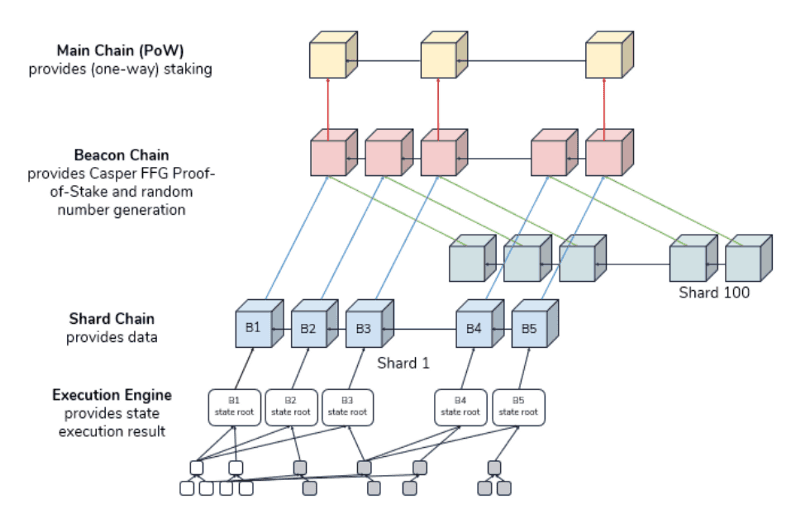
Diving Into More Depth
Regarding ETH for participation, “Users can deposit 3.2 ETH from the Goerli test network to become validators in the new system, which participate in proof of stake consensus to earn returns on their deposit,” the post noted.
This new chain appears to give preference to active network validators but still can function at times when many participants are not online. Offline validators, however, can face penalties at times.
“Shards” are stated to be essential in Ethereum 2.0, Van Loon said. These “are individual chains that manage smart contracts, transactions, and state,” he explained. The main core chain named the beacon chain, is in charge of managing these shards. Utilizing such technology improves scalability, “as transactions can be processed in parallel compared to the current Ethereum proof of work chain,” the Prysmatic Labs cofounder explained.
The tesnet hosts just one client called the “Prysm network,” and is “Prysm-only,” compared to Ethereum 1.0’s utilization of parity and geth, Van Loon detailed. Also among the testnet features includes “staking of Goerli test ETH,” and public accessibility, as well as other features, the article noted.
This current launch is Phase 0. This phase does not have smart contracts just yet, the article noted, although smart contracts are planned for Ethereum 2.0 Phase 2. Showing its youth, the current phase also does not include several other functions at the moment, such as ideal conditions to see participation from a vast number of validators.
ETH Surges
Since the testnet went live, the ETH token price had seen a decent 50% gain in its price against the dollar. The May-7, the date of the launch, was roughly $170, while as of today ETH is trading around $260. However, current prices are still very far from ETH’s all-time high, which was recorded during January 2018 at the high of $1420 per one ETH.
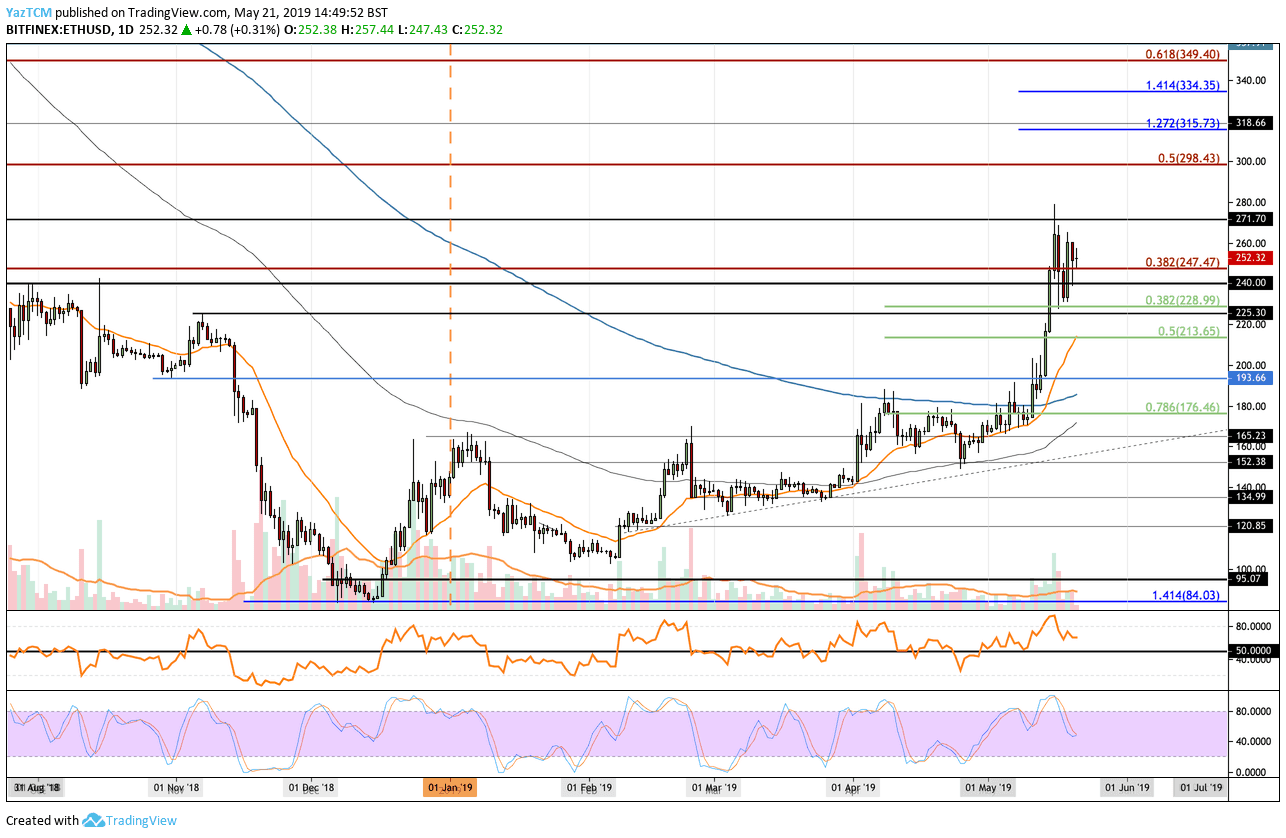
The post Ethereum 2.0 Testnet Went Live: ETH Price Completes 50% Increase Since Then appeared first on CryptoPotato.




